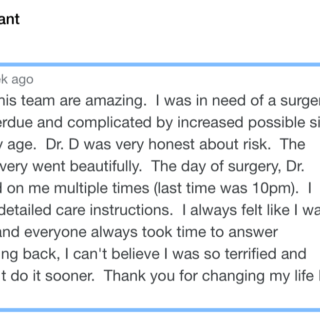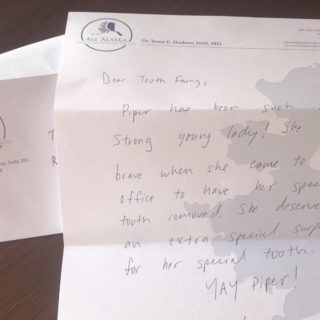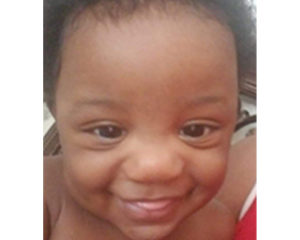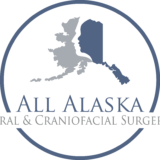Overview: Choanal atresia is a rare congenital condition causing narrowing or frank blockage of the back of the nasal airway. Although it is often seen in conjunction with other syndromes such as CHARGE, Treacher Collins and Tessier syndrome, choanal atresia can also occur in isolation. The condition can be bilateral, blocking both nasal passages, or unilateral, with only one nasal passage blocked, the latter case of which is most common, occurring in 70% of cases. Bilateral choanal atresia is an emergent condition, requiring treatment immediately after birth, as infants are obligate nasal breathers. Unilateral choanal atresia is typically less serious and often is not noticed until later in development, as the child is able to manage breathing through one nasal passage.
Causes: Choanal atresia is a developmental anomaly, present at birth, with no known specific cause other than remnant soft and/or hard tissue in the area that separates the mouth and nose.
Signs and Symptoms:
- Noisy breathing
- Cyclic respiratory distress alleviated with crying
- Inability to pass a 5 or 6 French catheter from the nose into the throat
- Nasal drainage
- Feeding difficulties
Diagnosis: Diagnosis of bilateral choanal atresia can be made clinically, as noted above, with findings of respiratory distress immediately after birth, unless the infant is crying. Further, inability to pass a nasal suction catheter into the oropharynx and evidence of blockage on nasoendoscopy or CT is indicative of choanal atresia. Children with unilateral choanal atresia may not show symptoms until later in childhood, with signs of nasal discharge, mouth breathing and inability to move air through one side of the nose.
Treatment: Treatment of choanal atresia is dependent upon severity of the condition, most importantly whether the child has unilateral or bilateral choanal atresia. In cases of mild, unilateral choanal atresia, the child can frequently be treated conservatively with observation and supplemental oxygen, as long as there is no respiratory distress or overwhelming feeding issues. For these children, parents can often wait until the child is older to decide upon repair of the unilateral condition. In cases of severe, bilateral choanal atresia, treatment is indicated as soon as possible after birth; this will occur after the child is stable and deemed free of any other congenital conditions that could complicate surgery. Transnasal endoscopic surgery is the most common method of repair for choanal atresia and involves use of a tiny scope, instruments and dilators to produce a patent nasal airway. Occasionally small temporary stents are placed in the nasal passages to maintain patency. These stents will be removed in weeks to months, after the child demonstrates airway stability. Very rarely, a child with other craniofacial anomalies will require a transpalatal (through the roof of the mouth) surgery to repair their choanal atresia. Finally, children with choanal atresia will require ongoing airway and feeding evaluation.



